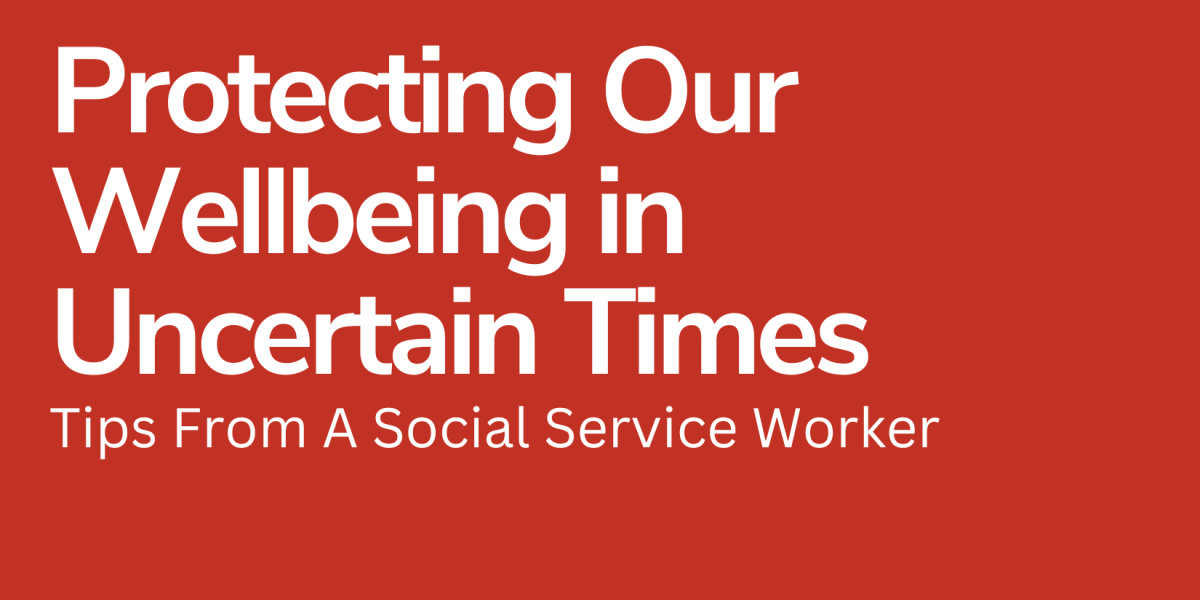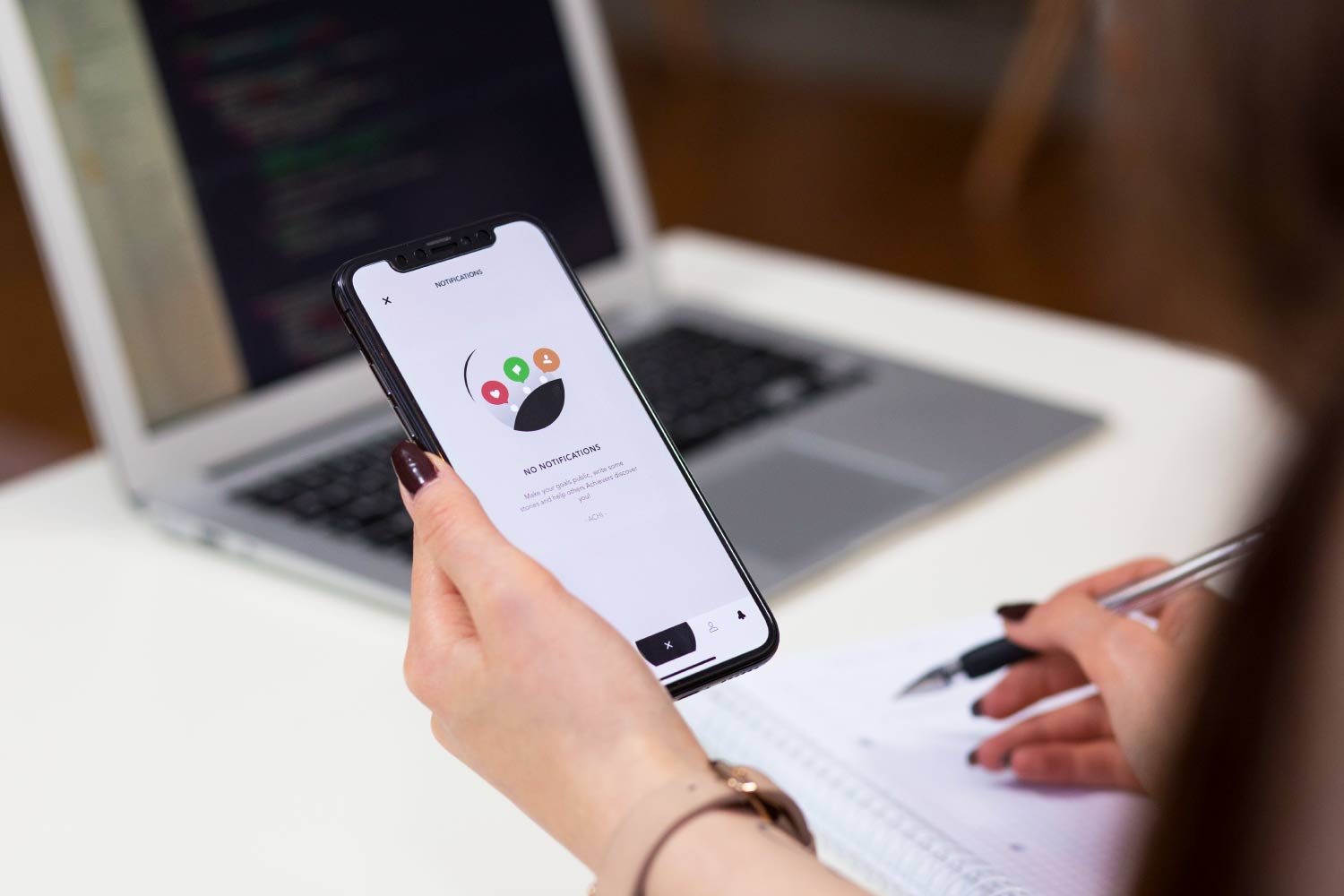Every year on October 10, World Mental Health Day reminds us of the importance of protecting and investing in our mental health. This year’s theme, “Access to services: mental health in catastrophes and emergencies”, encourages us to reflect on how instability, crises, and constant exposure to distressing world events can impact our emotional wellbeing.
Many of us can see how global events ripple through local communities. Even when people are not directly affected by a disaster or conflict, repeated news coverage can leave us feeling anxious, overwhelmed, or helpless. In today’s connected world, information travels instantly. While this helps us stay informed, it can also make it difficult to “switch off.”
Why the World Feels So Heavy
We have all experienced challenging times, from the pandemic to climate change, economic uncertainty, and global conflicts. The 24-hour news cycle and social media feeds mean that distressing information is always within reach. Over time, this constant exposure can trigger what is sometimes called “global overwhelm.”
Being continually exposed to negative news can cause a mix of physical, mental, and emotional effects. Physically, people may experience fatigue, aches, digestive issues, sleep problems, or tension. Mentally, it can be harder to concentrate, make decisions, or stay motivated. Emotionally, it can lead to irritability, sadness, despair, or a sense of being “stuck.” These are normal human reactions to ongoing stress and not signs of weakness.
Recognizing Doomscrolling and Its Effects
Many of us turn to our phones to stay informed or to feel a sense of control. But this can easily turn into “doomscrolling”, the habit of continuously reading negative news. What starts as a few minutes of checking updates can spiral into hours of scrolling that leave us anxious or emotionally drained.
If you notice that reading the news leaves you feeling tense, low, or restless, or that you are checking updates multiple times an hour, it may be time to set some healthy boundaries around media use.
Practical Ways to Protect Your Mental Health
You don’t have to disconnect from the world completely to protect your mental health. Small, intentional changes can make a difference:
- Limit exposure: Set specific times of day to check the news rather than scrolling continuously.
- Turn off notifications: Reduce interruptions and allow your mind to rest between updates.
- Create phone-free spaces: Keep devices out of bedrooms or mealtimes to promote calm and connection.
- Balance input with care: For every few minutes spent consuming news, try a grounding activity such as a walk, deep breathing, reading, or connecting with a friend.
- Focus on what you can control: Acts of kindness, community involvement, and self-care are powerful ways to channel concern into action.
Accessing Support
Mental health is just as important as physical health, especially in times of uncertainty. If feelings of worry, sadness, or overwhelm are affecting your daily life, reaching out for help is an important first step.
Your healthcare team, including social workers and other providers, can listen and connect you with resources such as counselling, community programs, crisis supports, or stress management strategies.
You can also access support through North of Superior Counselling Programs (NOSP), where people can self-refer by phone (807-229-3040) or online (https://www.nosp.on.ca/). Single-session appointments are available daily.
In times of crisis, the Crisis Response Hotline is available 24/7 at 1-888-269-3100.
Taking care of your mental health does not mean ignoring global events. It means ensuring you have the strength and balance to face them.
This World Mental Health Day, let us remember that while we cannot control every global event, we can take meaningful steps to protect our minds and support each other through challenging times.
By Kristen Senden
Registered Social Service Worker
Marathon Family Health Team



